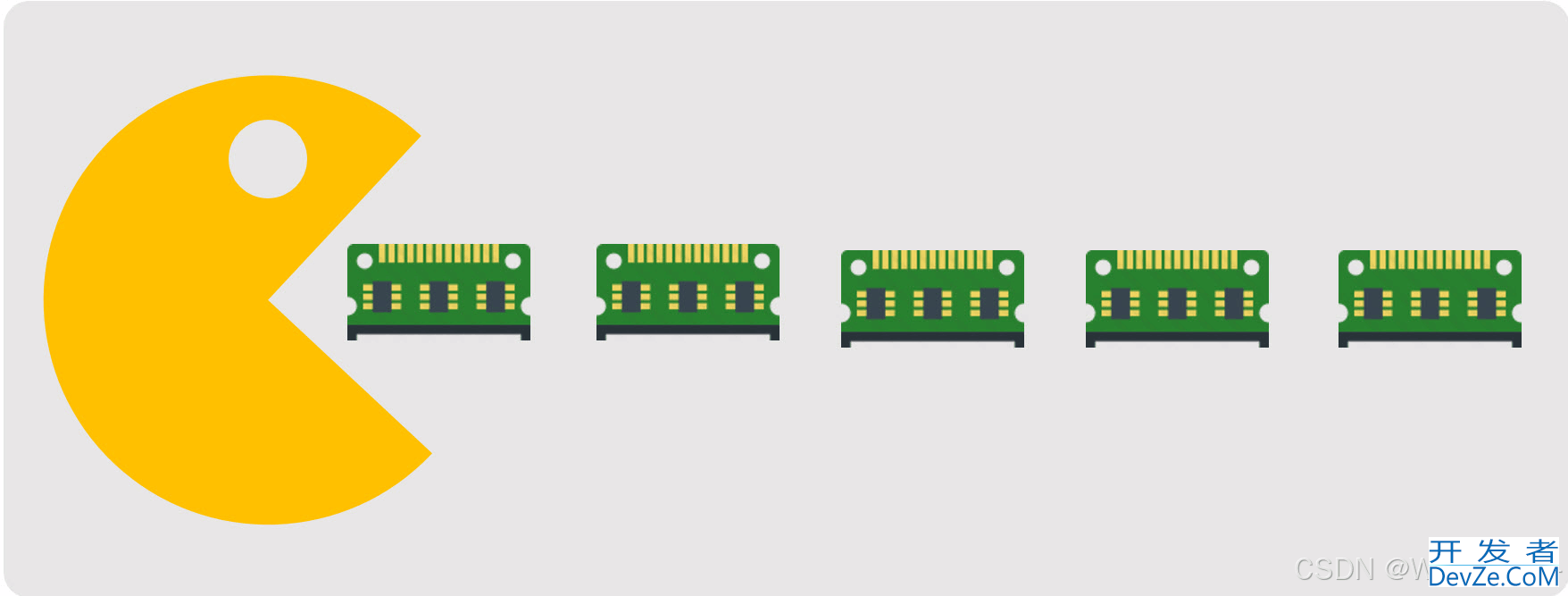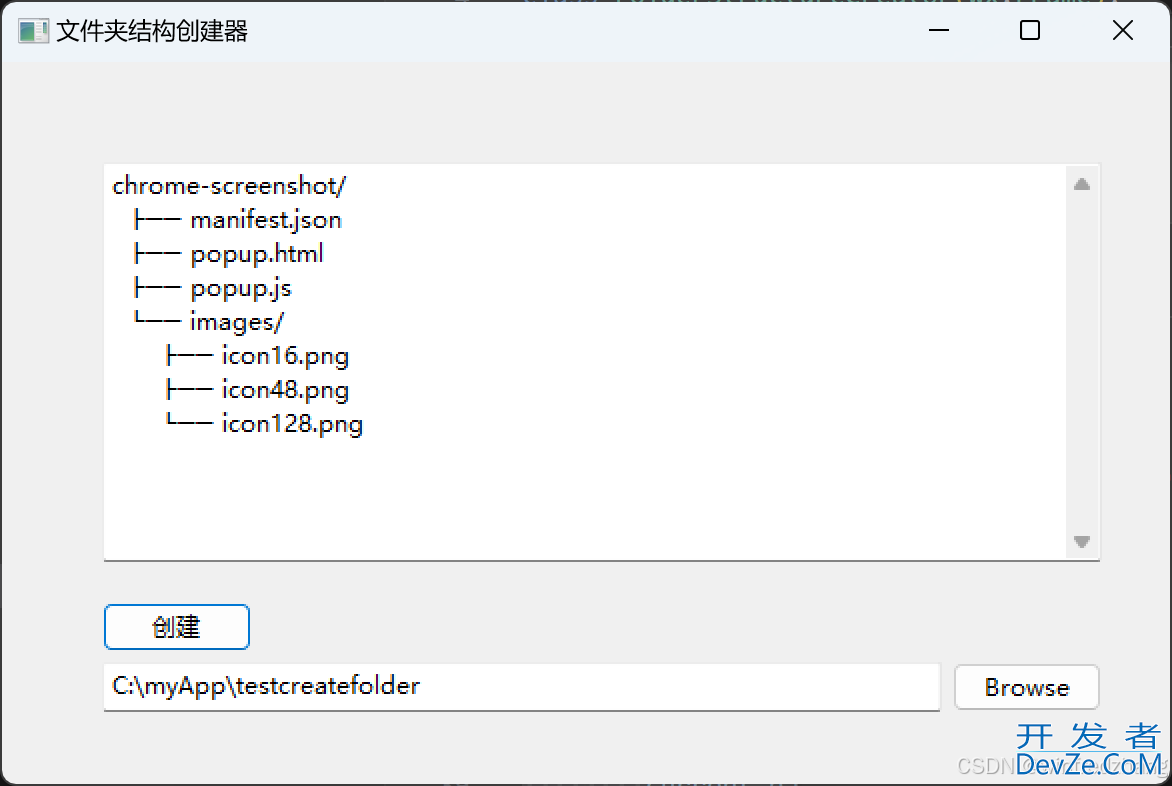目录
- 线程实现
- Thread类
- 函数方式
- 继承方式
- 同步机制
- 同步锁Lock
- 条件变量Condition
- 信号量Semaphore
- 事件Event
- 屏障Barrier
- GIL全局解释器锁
线程实现
python中线程有两种方式:函数或者用类来包装线程对象。threading模块中包含了丰富的多线程支持功能:
- threading.currentThread(): 返回当前线程;
- threading.enumerate(): 返回包含正在运行的线程列表;
- threading.activeCount(): 返回正在运行的线程数量,与le编程客栈n(threading.enumerate())等价。
Thread类
通过Thread类来处理线程,类中提供的一些方法:
- run(): 用以表示线程执行的方法(可重载实现实际功能);
- start(): 启动线程;
- join([time]): 等待线程中止(或者超时);
- isAlive(): 返回线程是否活动;
- getName(): 返回线程名;
- setName(): 设置线程名;
- setDaemon(True):设置为后台进程(必须在start调用前设定)。
函数方式
通编程过Thread直接构造线程,然后通过start方法启动线程:
threading.Thread(group=None, target=None, name=None, args=(), kwargs=None, *,daemon=None)
各参数说明:
- group:指定线程隶属的线程组(当前忽略);
- target:指定线程要调度的目标方法(即实现功能的函数);
- args:传递给目标方法的参数(以元组的方式);
- kwargs:传递给目标方法的参数(以字典的方式);
- daemon:指定线程是否为后台线程。
def simpleRoutine(name, delay):
print(f"routine {name} starting...")
time.sleep(delay)
print(f"routi开发者_Python培训ne {name} finished")
if __name__ == '__main__':
thrOne = threading.Thread(target=simpleRoutine, args=("First", 1))
thrTwo = threading.http://www.devze.comThread(target=simpleRoutine, args=("Two", 2))
thrOne.start()
thrTwo.start()
thrOne.join()
thrTwo.join()
继承方式
直接继承Thread,创建一个新的子类(主要实现run方法):
class SimpleThread (threading.Thread):
def __init__(self, name, delay):
# threading.Thread.__init__(self)
super().__init__()
self.name = name
self.delay = delay
def run(self):
print(f"thread {self.name} starting...")
time.sleep(self.delay)
print(f"thread {self.name} finished")
if __name__ == '__main__':
thrOne = SimpleThread("First", 2)
thrTwo = SimpleThread("Second", 2)
thrOne.start()
thrTwo.start()
thrOne.join()
thrTwo.join()
同步机制
当多个线程同时修改同一条数据时可能会出现脏数据;所以,就需要线程锁,即同一时刻只允许一个线程执行操作。
同步锁Lock
threading提供了Lock和RLock(可重入锁)两个类,它们都提供了如下两个方法来加锁和释放锁:
- acquire(blocking=True, timeout=-1):加锁,其中 timeout 参数指定加锁多少秒。
- release():释放锁。
两种使用锁的方式:
gCount = 0
def PlusOne(locker):
global gCount
with locker:
gCount += 1、
def MinusOne(locker):
global gCount
if locker.acquire():
gCount -= 1
locker.release()
条件变量Condition
Condition对象内部维护了一个锁(构造时可传递一个Lock/RLock对象,否则内部会自行创建一个RLock)和一个waiting池:
- 通过acquire获得Condition对象;
- 当调用wait方法时,线程会释放Condition内部的锁并进入blocked状态,同时在waiting池中记录这个线程;
- 当调用notify方法时,Condition对象会从waiting池中挑选一个线程,通知其调用acquire方法尝试取到锁。
Condition对象:
__init__(self,lock=None):Condition类总是与一个锁相关联(若不指定lock参数,会自动创建一个与之绑定的RLock对象);
acquire(timeout):调用关联锁的acquire()方法;
release():调用关联锁的release()方法
wait(timeout):线程挂起,直到收到一个notify通知或超时才会被唤醒;必须在已获得锁的前提下调用;
notify(n=1):唤醒waiting池中的n个正在等待的线程并通知它:
- 收到通知的线程将自动调用acquire()方法尝试加锁;
- 若waiting池中有多个线程,随机选择n个唤醒;
- 必须在已获得锁的前提下调用,否则将引发错误。
notify_all():通知所有线程。
class Producer(threading.Thread):
def __init__(self, cond, storage):
threading.Thread.__init__(self)
self.cond = cond
self.storage = storage
def run(self):
label = 1
while True:
with self.cond:
if len(self.storage) < 10:
self.storage.append(label)
print(f"<- Produce {label} product")
label += 1
self.cond.notify(2)
else:
print(f"<- storage full: Has Produced {label - 1} product")
self.cond.notify_all()
self.cond.wait()
time.sleep(0.4)
class Consumer(threading.Thread):
def __init__(self, name, cond, storage):
threading.Thread.__init__(self)
self.name = name
self.cond = cond
self.storage = storage
def run(self):
while True:
if self.cond.acquire():
if len(self.storage) > 1:
pro = self.storage.pop(0)
print(f"-> {self.name} consumed {pro}")
self.cond.notify()
else:
print(f"-> {self.name} storage empty: no product to consume")
self.cond.wait()
self.cond.release()
time.sleep(1)
信号量Semaphore
信号量对象内部维护一个计数器:
acquire(blocking=True,timeout=None)时减1,当计数为0就阻塞请求的线程;release()时加1,当计数大于0恢复被阻塞的线程;
threading中有Semaphore和BoundedSemaphore两个信号量;BoundedSemaphore限制了release的次数,任何时候计数器的值,都不不能大于初始值(release时会检测计数器的值,若大于等于初始值,则抛出ValueError异常)。
通过Semaphore维护生产(release一个)、消费(acquire一个)量:
# products = threading.Semaphore(0)
def produceOne(label, sem: threading.Semaphore):
sem.release()
print(f"{label} produce one")
def consumeOne(label, sem: threading.Semaphore):
sem.acquire()
print(f"{label} consume one")
通过BoundedSemaphore来控制并发数量(最多有Semaphore初始值数量的线程并发):
# runner = threading.BoundedSemaphore(3)
def runBound(name, sem: threading.BoundedSemaphore):
with sem:
print(f"{name} is running")
time.sleep(1)
print(f"{name} finished")
事件Event
事件对象内部有个标志字段,用于线程等待事件的发生:
- isSet():返回event的状态值;
- wait():状态为False时,一直阻塞;否则立即返回;
- set(): 设置状态值为True,激活所有被阻塞的线程;
- clear():恢复状态值为False。
多线程等待事件发生,然后开始执行:
def waiters(name, evt: threading.Event):
evt.wait()
print(f"{name} is running")
time.sleep(1)
print(f"{name} finished")
def starting(evt: threading.Event):
evt.set()
print("event is set")
屏障Barrier
屏障用于设定等待线程数量,当数量达到指定值时,开始执行:
threading.Barrier(parties, action=None, timeout=None)
屏障属性与方法:
- wait(timeout=None):等待通过屏障;线程被阻塞,直到阻塞的数量达到parties时,被阻塞的线程被同时全部释放;
- reset():重置屏障到默认的空状态;
- abort():将障碍置为断开状态;导致等待的线程引发BrokenBarrierError异常;
- partier():通过障碍所需的线程数;
- n_waiting():当前在屏障中等待的线程数;
- broken():如果屏障处于断开状态,编程客栈则返回True。
def waitBarrier(name, barr: threading.Barrier):
print(f"{name} waiting for open")
try:
barr.wait()
print(f"{name} running")
time.sleep(5)
except threading.BrokenBarrierError:
print(f"{name} exception")
print(f"{name} finished")
GIL全局解释器锁
GIL(Global Interpreter Lock,全局解释器锁);cpython中,某个线程想要执行,必须先拿到GIL(可以把GIL看作是“通行证”)。每次释放GIL锁,线程都要进行锁竞争,切换线程,会消耗资源。
由于GIL锁的存在,python里一个进程永远只能同时http://www.devze.com执行一个线程(拿到GIL的线程),这就是为什么在多核CPU上,python的多线程效率并不高:
- CPU密集型代码:由于计算工作多,会很快用完时间片,然后触发GIL的释放与再竞争;
- IO密集型代码(文件处理、网络爬虫等):多线程能够有效提升效率(单线程下有IO操作会进行IO等待,造成不必要的时间浪费,而开启多线程能在线程A等待时,自动切换到线程B,可以不浪费CPU的资源,从而能提升程序执行效率)。
python在使用多线程的时候,调用的是C语言的原生线程:
- 拿到公共数据
- 申请GIL
- python解释器调用os原生线程
- os操作cpu执行运算
- 当线程执行时间到后,就进行切换(context switch)
到此这篇关于Python多线程与同步机制浅析的文章就介绍到这了,更多相关Python多线程内容请搜索我们以前的文章或继续浏览下面的相关文章希望大家以后多多支持我们!









 加载中,请稍侯......
加载中,请稍侯......
精彩评论